What is a refractory brick?
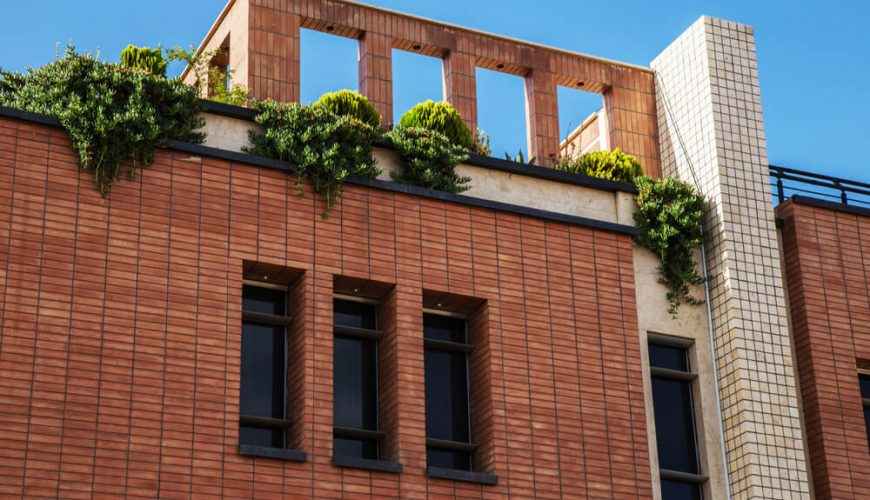
Firebrick is a type of brick resistant to heat, pressure, and chemical corrosion, made from special clays and minerals with high melting points. These bricks can withstand extremely high temperatures—sometimes over 1500°C—without losing their strength, deforming, or melting.
Raw Materials of Firebrick
The main components used in firebrick production include:
Fire clay
Alumina (Al₂O₃)
Silica (SiO₂)
Magnesium oxide (MgO) and zirconium oxide (ZrO₂) (in specific types)
These materials make firebricks highly resistant to thermal shock, corrosion, and chemical reactions, ensuring long-term performance even in extreme environments.
Types of Firebrick
Depending on their chemical composition and intended use, firebricks are categorized into several types:
High-Alumina Firebrick
Contains a high percentage of alumina.
Offers excellent heat resistance and is used in steel and glass furnaces.
Silica Firebrick
Contains a high amount of silica.
Commonly used in metal-melting furnaces and kiln linings.
Basic (Magnesite) Firebrick
Resistant to alkalis.
Used in cement and steel industries.
Fire Clay Brick (Shamotte Brick)
The most common type used in building construction and architectural façades.
Industrial and Decorative Firebrick
Industrial: for furnaces, boilers, and thermal equipment.
Decorative: for exterior and interior building façades.
Characteristics of Firebrick
Excellent resistance to heat and thermal shock
Long lifespan and low wear
Low water absorption
Resistance to chemical corrosion
Retains color and appearance even in harsh environmental conditions
Applications of Firebrick
Industrial:
Construction of steel, glass, cement, porcelain, and ceramic furnaces
Architectural:
Used for exterior and interior façades of buildings
Decorative:
Applied in fireplaces, barbecues, decorative walls, and flooring
Advantages and Disadvantages of Firebrick
Advantages:
High thermal and mechanical resistance
Excellent color durability under sunlight
Easy maintenance and washable surface
Disadvantages:
Higher cost compared to ordinary bricks
Relatively heavy weight
Requires skilled installation for façade work
Conclusion
Firebrick is one of the most advanced and durable materials in both the construction and thermal industries. Thanks to its technical performance and aesthetic qualities, it has found wide applications in modern architecture.
Its use not only enhances a building’s durability and safety but also gives the structure a distinctive and contemporary appearance.


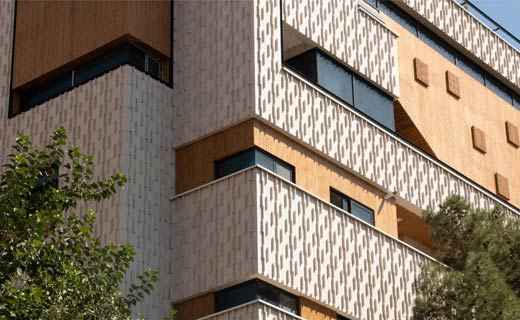
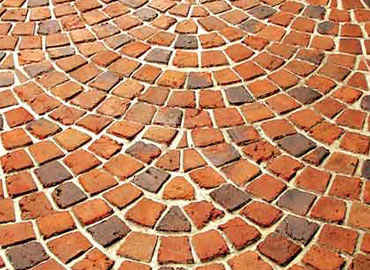
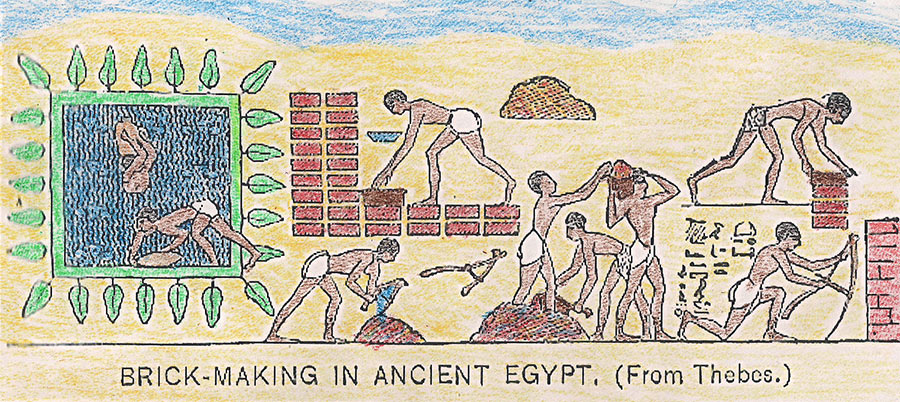
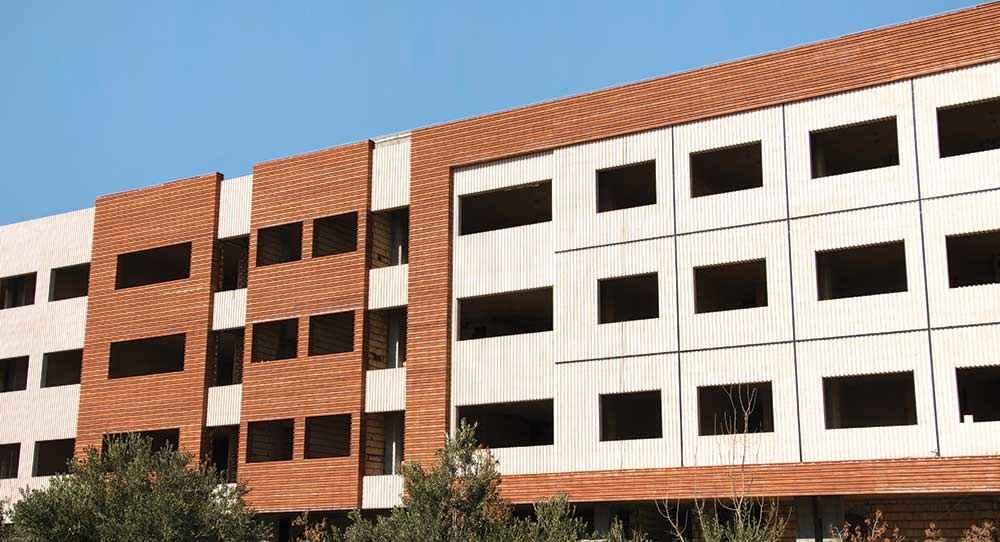
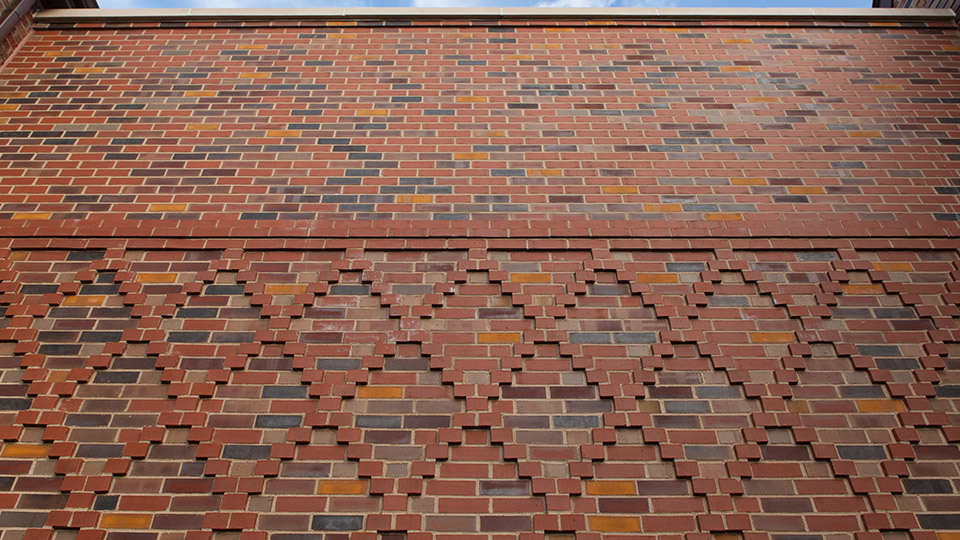
Comments
Your Comments
Comments